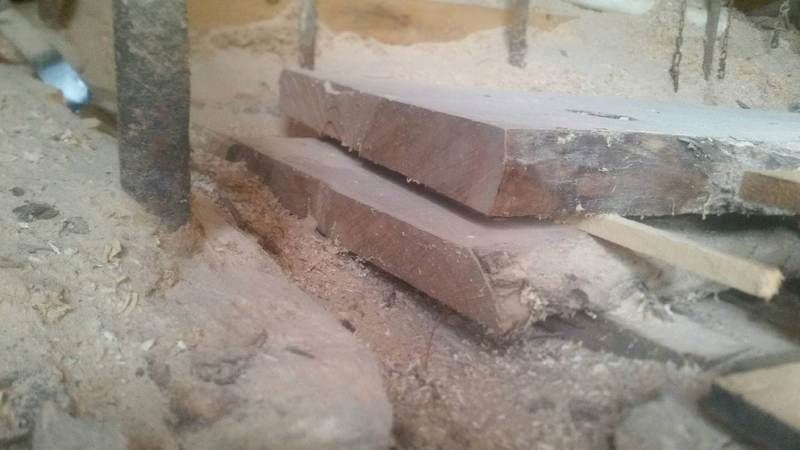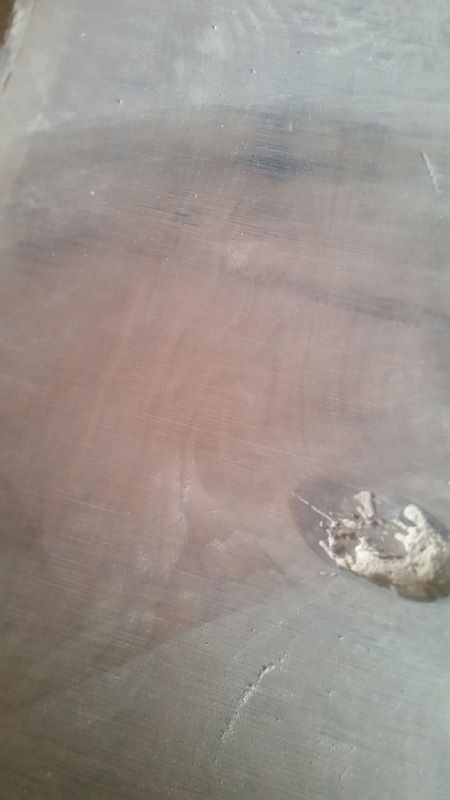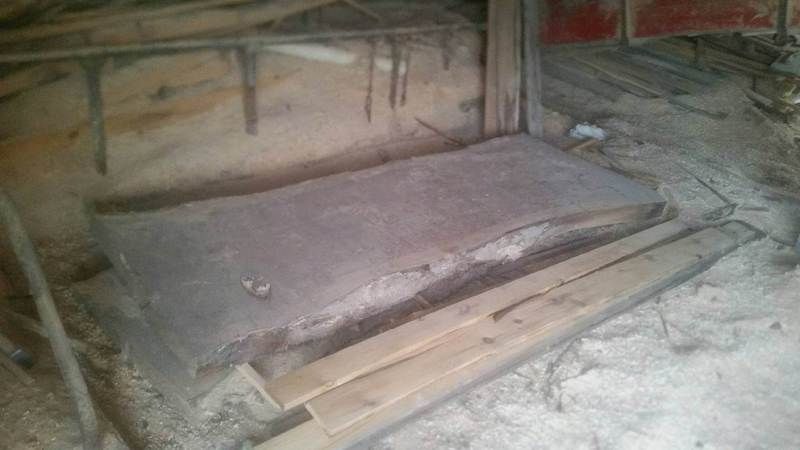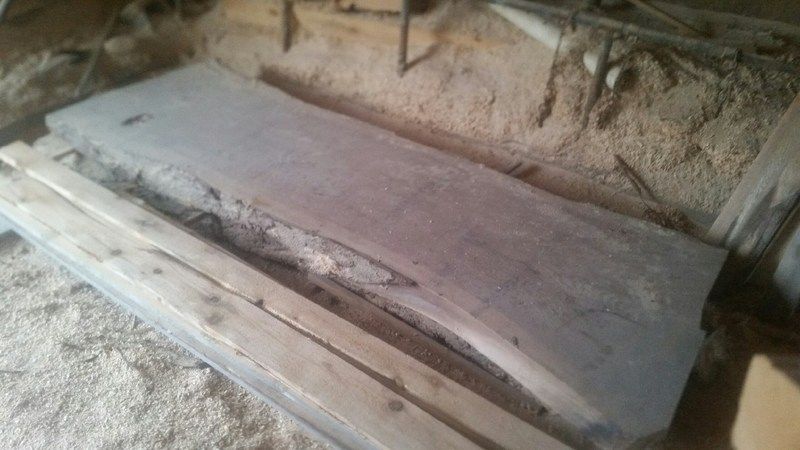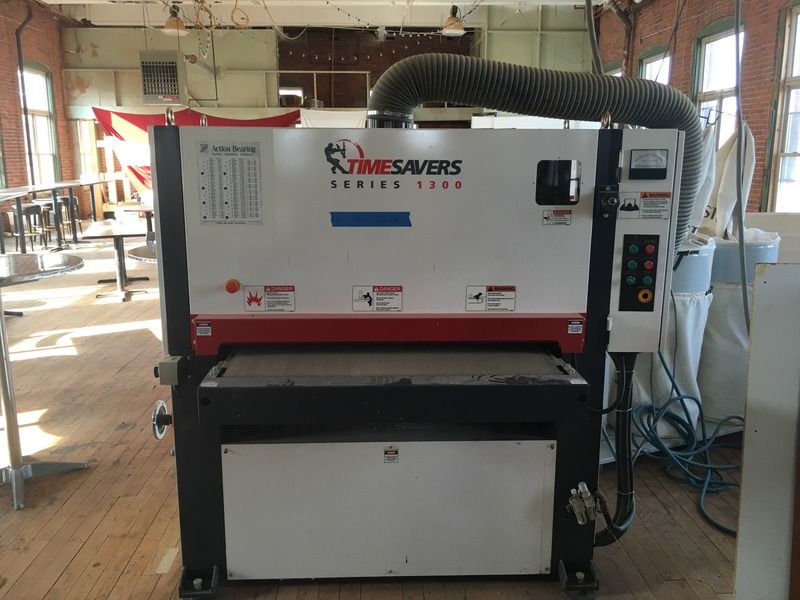I picked up 2 slabs of black walnut and I'm planning to make a kitchen table out of 1. not sure what i'll be doing with the second slab yet. the slabs are 40"wide by 9'long and 4" thick. they were cut 3.5 years ago and have been air drying since. I would like just a clear natural finish when done. Any suggestions and help is greatly appreciated. as far as the base for the table I'm not sure what I will do yet. I'm thinking a mixture of wood and metal. again any thought and sugestions are welcome.
thanks
Ben
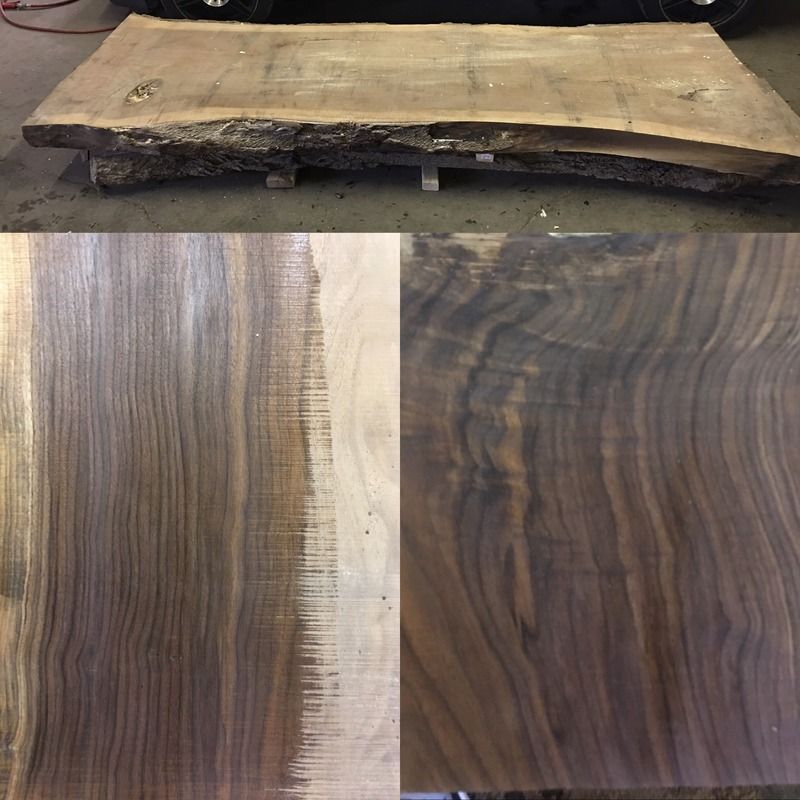




 Reply With Quote
Reply With Quote
